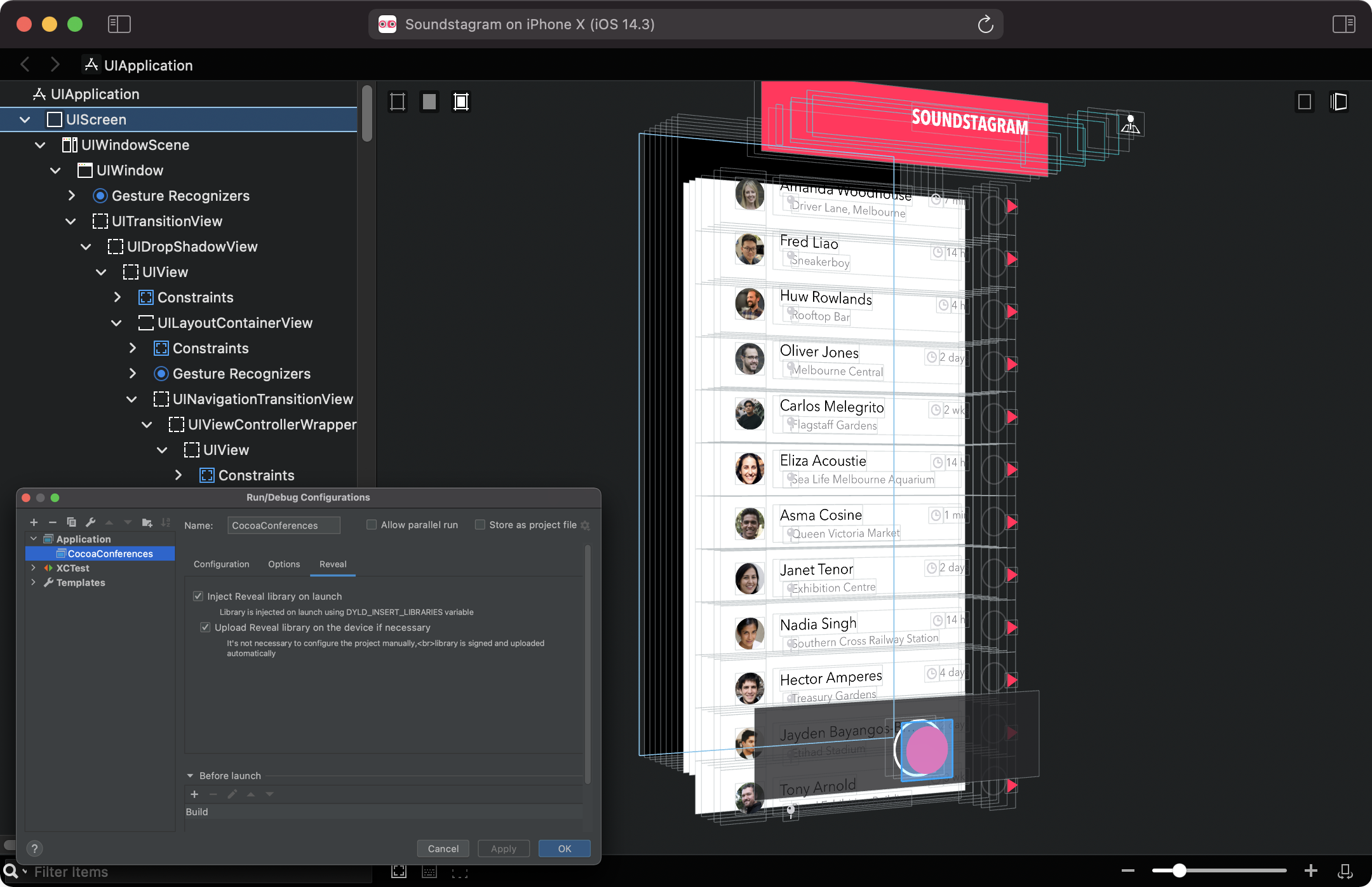
- Appcode dismiss find in path how to#
- Appcode dismiss find in path install#
- Appcode dismiss find in path software#
- Appcode dismiss find in path code#
- Appcode dismiss find in path license#
In the iOS folder, select appName.xcodeproject or appName.xcodeworkspace if you have one. Inside Xcode navigate to File → Open and browse to your project directory.

The second way to build and run a React Native app is to use Xcode directly, which is the method I use. Then, run the CLI command with -device"iPhone name": react-native run-ios -device "Said's iPhone" If you want to run your app on a device, you must first make sure your device is connected via USB to your computer.
Appcode dismiss find in path how to#
Here’s how to tell the CLI which simulator you want to run the app on: react-native run-ios -simulator "iPhone X" If you don’t specify a simulator, the CLI uses the default one it finds on Xcode. You can also use npx: npx react-native run-iosīasically, this runs bunch of scripts in the background that interact and instruct Xcode to run and lunch the simulator.
Appcode dismiss find in path install#
When you first install a React Native app using the CLI, it provides simple instructions and allows you to start, build, and run the app in one simple command: react-native run-ios The React Native CLI is a simple and straightforward way to get your React Native app running. Then, we’ll do the same directly on a real device. Let’s walk through how to build and run a React Native app with the React Native CLI. Using Xcode directly gives you a clear picture and helps you identify the cause of a given issue When using only the CLI, you may run into unexpected issues with the build.
Appcode dismiss find in path code#
The CLI offers the simplicity to run and build the code with just one command line
Appcode dismiss find in path software#
To learn which Xcode features are currently unavailable from AppCode, see Xcode functionality not available in AppCode.Said Hayani Follow I'm a software engineer and technical writer working mostly with React Native, React, JavaScript, and Next.js.
Appcode dismiss find in path license#
It is necessary because you need to accept the License Agreement and install some additional system components beforehand.įor more information on why AppCode needs Xcode, refer to Migration from Xcode. Have launched Xcode at least once before starting AppCode. Have a supported version of Xcode installed on your Mac. If the code in the editor is not highlighted properly, and the list of simulators in the run/debug configuration selector is empty, most likely, AppCode cannot find the path to the supported Xcode installation.

Specify the path the Xcode.app that will be used by AppCode.īy default, AppCode automatically detects the path to the existing Xcode installation. It is recommended to have Xcode caches downloaded as it significantly decreases the indexing time. Otherwise, the dedicated dialog will appear where you can choose if you want to download the caches or not. If the checkbox is selected, the Xcode caches will be downloaded silently every time Xcode is updated.


 0 kommentar(er)
0 kommentar(er)
